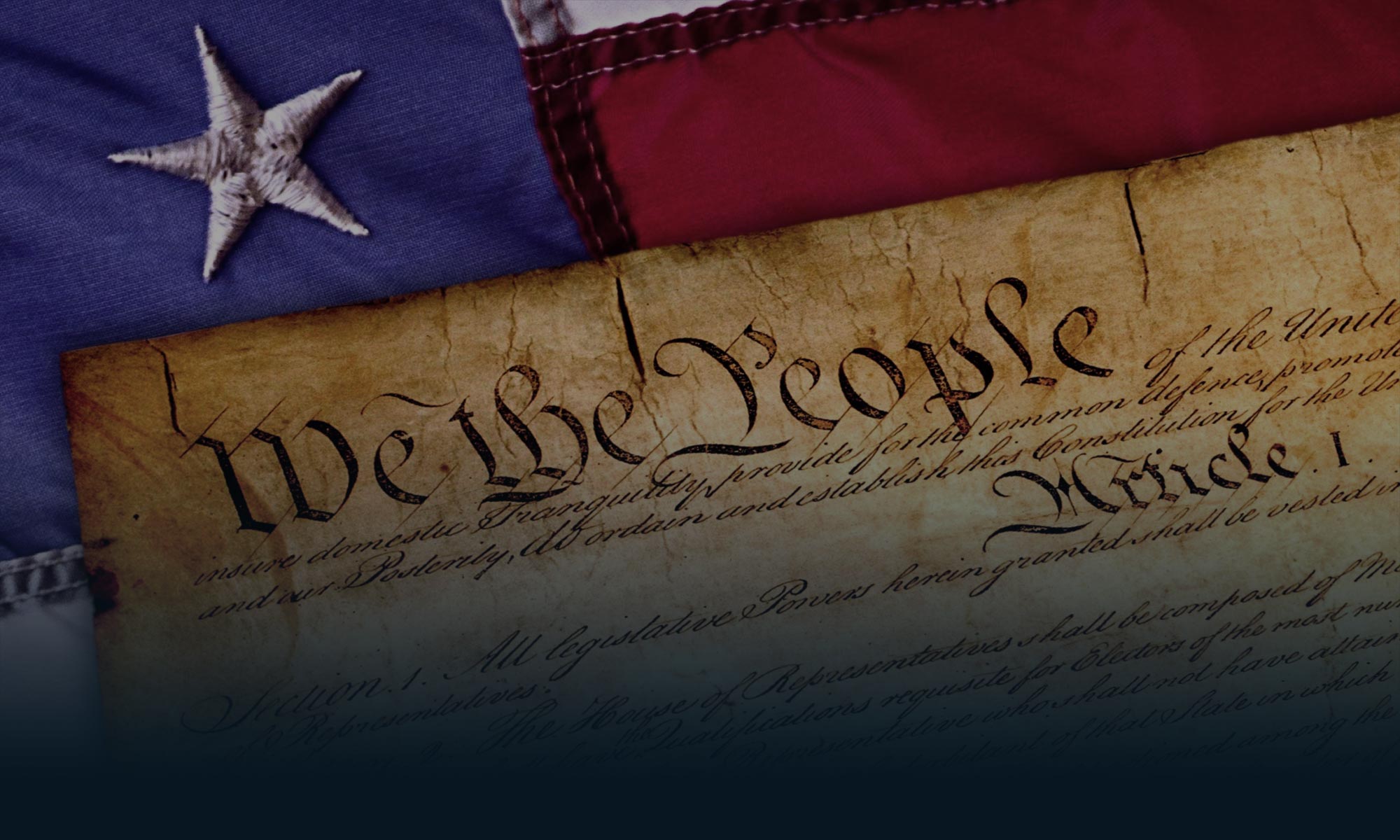If you’ve been out of the country for the past six years, you have an excuse for being unfamiliar with Breaking Bad, perhaps the best show that’s ever been on television.
The story of Walter White, a humble high school chemistry teacher who, upon learning he has lung cancer, decides to team up with a former student to make methamphetamines, BB portrays the transformation of White from “Mr. Chips into Scarface,” as the show’s creator, Vince Gilligan, describes it.
Fresh off its Emmy award as best drama series, a recognition that was too long in coming, the question now is when will we see another TV series that is as astonishingly good? And another question: Why is it so hard for truly excellent programming to get air time?
In his book Difficult Men, Brett Martin recounts the lengthy and harrowing path traversed by Gilligan on the way to securing a deal with AMC, one of the several channels that comprise AMC Networks.
Martin tells the tale of Gilligan’s meeting with executives of the TNT cable network, who liked the show but were afraid of the drug-making aspect of it: “We don’t want to be stereotypical philistine executives, but does it have to be meth? We love this, but if we buy it, we’ll be fired.”
Nor was TNT the only cable network that turned thumbs down on Breaking Bad. So too did Showtime, HBO, and FX, meaning, as Gilligan put it, “there was no place left in the known universe.”
Elsewhere in his book, Martin usefully recounts the words of the AMC executive (Rob Sorcher) who decided to take a chance on the show: “We had had success with Mad Men,” he said. “And once you’ve had that cookie it tastes good. You want another one. The decision to go another way, believe me, it was … terrifying. But once you did, once you chose quality over everything else … you could do anything.”
At a time when so much video programming – film as well as TV – is demographically driven, PC themed, and/or scripted for cardboard characters, Breaking Bad is something very different.
Incorporating tremendous writing, directing, acting, and visuals, BB delivered a series that was marked by ambiguity, complexity, surprise, and sophistication.
As many have noted, in recent years the Emmy’s have been dominated by cable rather than broadcast network programming. Indeed, both pay and basic cable channels have gained a reputation as the place to find smarter, edgier original series like Mad Men, The Sopranos, and of course Breaking Bad (despite the initial drug-themed hesitation about BB). And this raises the question of why much of the best programming has been gravitating to cable.
One explanation is that broadcasting is much more heavily regulated. For this reason, programming that is marked by sexual or violent content carries greater risk for broadcasters than for cable networks. And the risks involved don’t issue from government only.
A case in point is the Showtime program Dexter, a series that, though critically acclaimed, features both sexual situations and violence. In 2007, CBS announced that it was considering broadcasting reruns of Dexter over the air. In response, a conservative group, the Parents Television Council, warned CBS affiliates to preempt the show, and threatened the show’s advertisers.
As it happened, CBS edited the reruns down to a TV-14 rating and aired them on its affiliates, but only for a single season.
None of this is to suggest that violence equals excellence, or that excellence can only be achieved with the inclusion of violence – only that where violence is a necessary ingredient in the excellent telling of a good story, its inclusion ought not to preempt the airing of it.
For years now, many people have bemoaned the “dumbing down” of America, a phenomenon defined by Wikipedia as “the deliberate diminishment of the intellectual level of the content of schooling and education, of literature and cinema, and of news and culture.”
The popular and critical success of Breaking Bad demonstrates that there is both the talent and the audience for something better.
The opinions expressed above are those of the writer and not of The Media Institute, its Board, contributors, or advisory councils. A version of this article appeared in the online edition of USA Today on Sept. 29, 2013.

